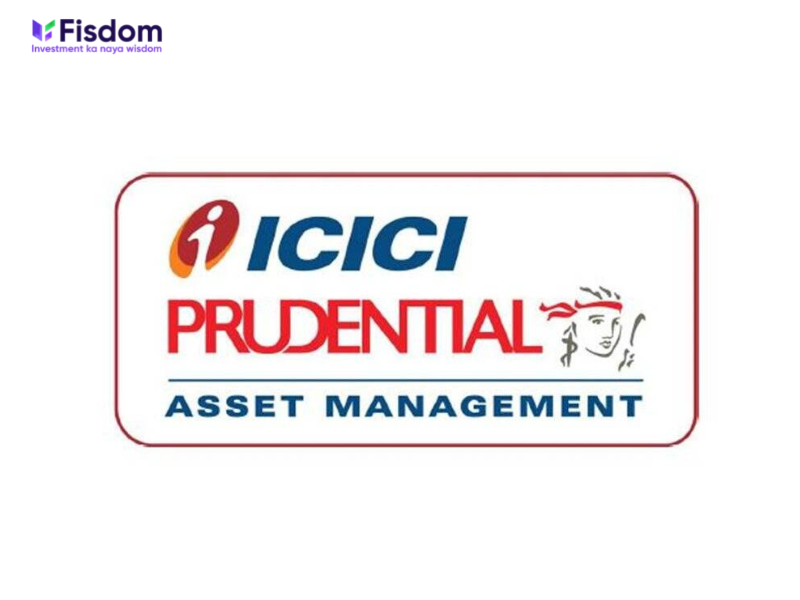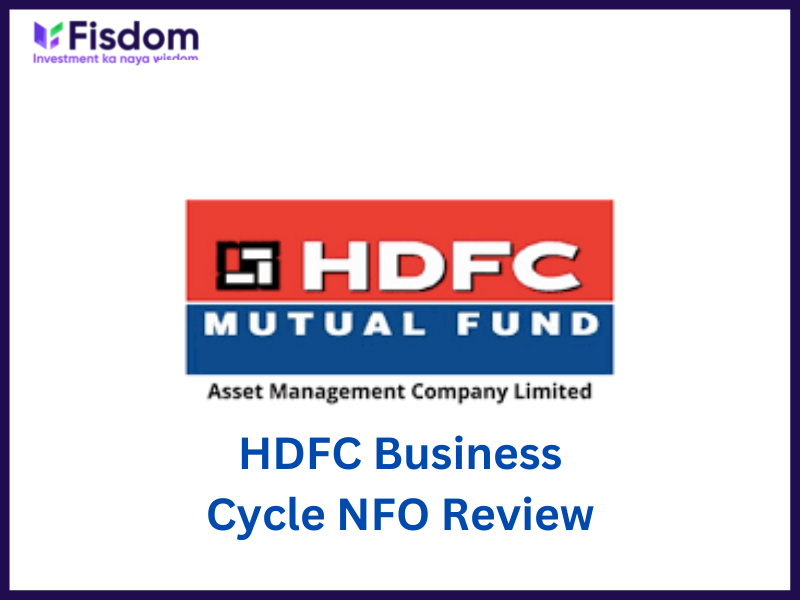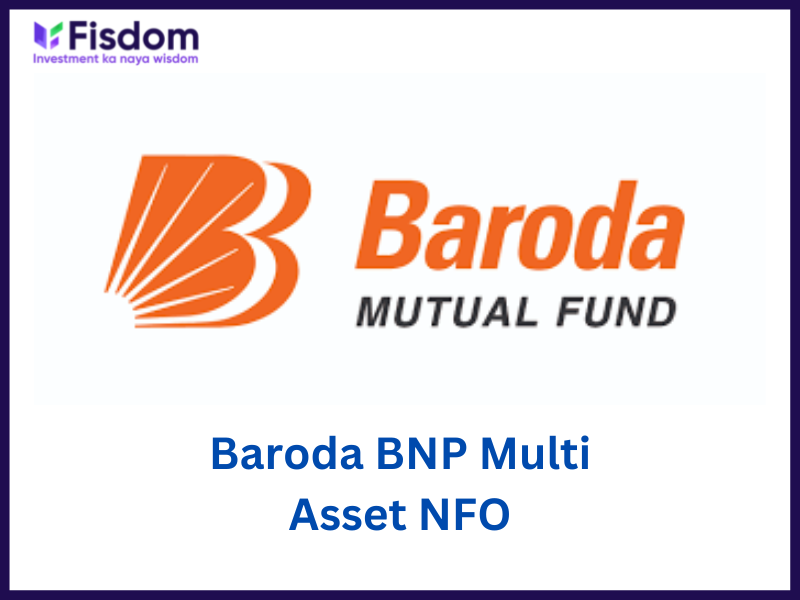
White Oak Capital recently launched a new fund in the Mid Cap segment called Whiteoak Capital Mid Cap Fund. This open-ended scheme will primarily focus on investment in the mid-cap segment with nearly 65% of the corpus to be invested in mid-cap stocks of good quality companies. The NFO opened for subscription on 16th August 2022 and will close on 30th August 2022.
Investment objective of the fund
The main objective of the scheme is to target capital appreciation through investment focus in mid-cap stocks while ensuring a well-diversified portfolio. The scheme will invest in equity and equity-related instruments of mid-cap companies while allocating up to 65% of the portfolio to mid-cap stocks. The scheme will also try to balance the overall risk by allocating up to 35% of the corpus in debt instruments.
Why should you apply for the NFO?
Diversification: Since the fund will adopt a strategic investment approach while primarily focusing on mid-cap stocks, investors can benefit from portfolio diversification. The fund will also try to create a balance by gaining exposure to a healthy mix of pro-cyclical and counter-cyclical stocks. This will ensure minimal impact of volatility triggered by microeconomic disruptions.
Long-term investment: Althouhg mid-cap funds can be risky in the short-term, these can gain exposure to many high-growth companies that start showing positive results in the long term. This fund can be suitable for investors who have a higher risk appetite and a longer investment horizon.
Expert-managed portfolio: White Oak Capital is known for its team of expert fund managers who constantly track every sector while employing their knowledge and experience. Investors can benefit by investing in this actively managed portfolio by such experts as there can be an enhanced risk-reward balance vis-a-vis direct stock investment.
Historical performance of S&P BSE Midcap 150 TRI index: In the table below, investors can look at the historical performance of the benchmark index of this fund vs other mid-cap benchmark indexes:
| S&P BSE Midcap 150 | Nifty Midcap 150 | Nifty Midcap 100 | |
| 1-Year | 6.76% | 9.6% | 9.67% |
| 3-Year | 28.66% | 27.88% | 26.27% |
| 5-Year | 14.1% | 14.23% | 11.61% |
Risks associated with NFOs
Since there is no historical performance track record of NFOs, investors must be cautious before making an investment in these. It is wise to consider factors such as personal risk appetite, investment goals, current size of assets under management of the fund house, fund manager’s reputation, etc. before investing in NFOs.
Source –
Fund details
| Scheme name | NFO details for Whiteoak Capital Mid Cap Fund |
| Type of Scheme | An open-ended equity scheme predominantly investing in mid-cap stocks. |
| Category of the scheme | Mid-cap equity fund |
| Benchmark | S&P BSE Midcap 150 TRI |
| Plan options | RegularDirect growth |
| Fund Manager | Mr. Ramesh Mantri (Equity ), Mr. Piyush Baranwal (Debt), Ms. Trupti Agrawal (Overseas Investments) |
| Exit Load | 1% of NAV if redeemed within 30 days of investment (NIL after 30 days) |
| Minimum Investment | Rs. 500/- and in multiples of Re. 1/- thereafter |
| Expense Ratio | Unknown |
| NFO Period | 16 Aug 2022 – 30 August 2022 |
Where can you invest in the NFO?
Head over to the Fisdom App to invest in this NFO.
FAQs
NFO (New Fund Offer) is launched by the Asset Management Companies (AMCs) to generate funds for launching a new mutual fund. These funds are then pooled to buy the shares or other securities as per the fund’s mandate or the guidelines based on which the fund is launched. NFOs are like IPOs where all the relevant details of the funds are provided at the time of their launch and the units of the fund are usually set at Rs. 10 per unit for a subscription. SEBI guidelines allow the NFOs to be active for a maximum period of 30 days following which the units of the fund are traded based on their daily NAV.
NFOs, at the time of their launch, are launched in two categories namely close-ended funds and open-ended funds. The details of each type of fund are mentioned below.
Open-ended funds
The majority of mutual funds are launched as open-ended funds. Investors can subscribe to the fund at the nominal rate (usually Rs. 10 per unit) during the NFO period. After the NFO period, when the units are traded based on the daily NAV, the investors stand to gain huge capital gains depending on the performance of the fund.
Close-ended funds
Close-ended funds, on the other hand, do not allow the investors to subscribe to the fund after the NFO period is closed.
Investing in NFOs is a very good opportunity to maximize the returns as the units can be subscribed at nominal rates and the returns are potentially higher based on the prevailing NAV at the time of redemption. However, there are several points that need to be considered while subscribing to an NFO. Some of such points are highlighted below.
a)Track record of the AMC
NFOs are offered for the new mutual fund so no proven track record can be reviewed by investors to make an informed investment decision. The investors have to therefore rely on the reputation of the AMC and other details mentioned in the NFO to make an investment decision.
b)Expense ratio (if mentioned)
NFOs need a good amount of publicity to make the investors aware of the fund and the investment opportunity. It is therefore essential for the investors to check the expense ratio of the fund and ensure that it does not outweigh the net gains.
c)Check if the fund is in correlation to the existing portfolio
Recently there have been many NFOs in the market that investors can choose from. However, while selecting the fund the investors must check if the fund is not similar to an existing fund in their portfolio. For example, if the fund is a large-cap fund and the investor already has one or two similar funds in their portfolio, investing in another will not add much value to the net returns or the diversification of the portfolio. On the other hand, many NFOs can be sector-specific or country-specific. In such a case, investors have to check if the fund is in line with other factors like their risk-return profile and investment goals.
d)Review the SID carefully
Reviewing the SID (Scheme Information Document) is a crucial step that should not be missed by investors while investing in NFOs. It contains all the relevant information about the fund managers, their qualifications, and experience which is crucial for the funds’ performance. Other relevant information includes the investment profile of the fund, target sectors or securities, benchmark index, asset allocation ratio, etc. This helps the investors understand the returns expectation of the fund as well as the target investments where the fund will invest the pooled funds. Investors having a risk-return profile in line with that of the fund can thus invest in such funds.
Investment in NFOs can be done through two main routes i.e., the online or offline modes. The details of the same are mentioned below.
a)Online mode
The online mode of investment is suitable for investors already having a Demat account and a trading account. Investors can simply select the NFO and invest by selecting the number of units to invest and paying for the same through online payment modes available on the platform.
b)Offline mode
The offline mode of investment in NFOs is through registered brokers and distributors. Investors can contact their brokers and distributors providing them with the details of the amount to be invested and they can invest in the selected NFOs on their behalf. Investors can make hassle-free investments through such modes as all the necessary forms to be filled and the formalities to be met are looked after by these entities giving investors the benefit of ease of investment. The charges for such services are nominal when compared to the potentially high returns.
























